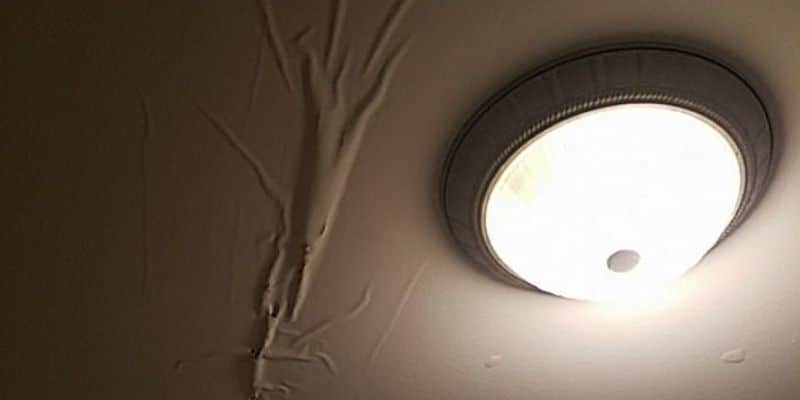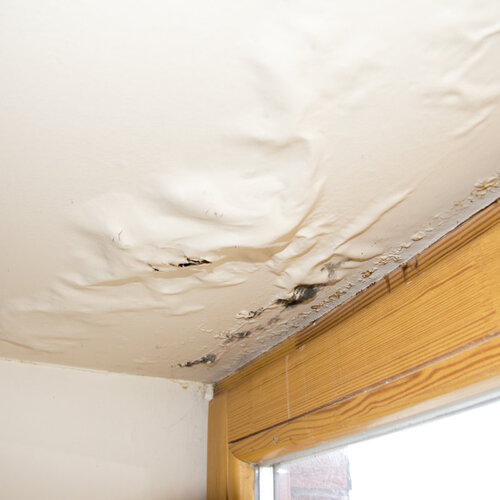Your Residential Most Typical Leak Triggers: Examination
Your Residential Most Typical Leak Triggers: Examination
Blog Article
Are you hunting for facts and techniques around How to Find Water Leaks?

Leaks not just create waste of water yet can also trigger unnecessary damages to your house as well as advertise unwanted natural growth. However, water leaks could go undetected considering that the majority of the pipework in our home is hidden. By looking and also comprehending for daily situations that create leaks, you can protect your house from future leaks as well as unneeded damage. Today, we will certainly take a look at 6 leakage creates that might be triggering your pipelines to drip.
Trespassing roots
A lot of water leakages start outside your home as opposed to inside it. If you notice a sudden reduction in water pressure, say in your faucet, take some time to head out as well as analyze your backyard. You may see wet patches or sinkholes in your backyard, which could mean that tree roots are getting into water lines triggering water to seep out. You can have your plumber check for breach, particularly if you have trees or shrubs near your building.
Rusty water systems
As time goes by, your plumbing system ages and rust such as rust may begin gnawing the pipes. This might be the root cause of discoloration or bending on your pipes. This calls for an evaluation with your plumber quickly. Take into consideration replacing the pipes given that they are at a greater threat of deterioration than the newer models if our plumbing system is old.
Faulty Pipeline Joints
Pipeline joints can wear away over time, resulting in water leakages. If you have loud pipes that make ticking or banging noises, especially when the hot water is transformed on, your pipeline joints are most likely under a great deal of pressure.
Instantaneous temperature level modifications.
Extreme temperature level adjustments in our pipes can cause them to increase as well as get all of a sudden. This growth and tightening may cause fractures in the pipes, specifically if the temperature are below freezing. If you maintained an eye on how your plumbing functions, it would be best. The presence of the formerly pointed out situations frequently shows a high threat.
Poor Water Connectors
At times, a leakage can be triggered by loosened pipes and pipelines that supply your devices. In instance of a water links leak, you may notice water running straight from the supply line or puddles around your appliances.
Clogged Drains
Obstructed drains pipes might be frustrating and inconveniencing, but they can sometimes end up creating an overflow bring about burst pipelines. Keep eliminating any type of products that might decrease your drains that could block them to stay clear of such aggravations.
All the above are sources of leakages yet not all water leakages result from plumbing leakages; some leaks could originate from roofing system leakages. All leaks need to be repaired right away to stay clear of water damage.
Leakages not just create waste of water however can likewise create unnecessary damage to your house and advertise undesirable natural growth. By looking and understanding for daily scenarios that trigger leaks, you can protect your house from future leaks as well as unneeded damages. Today, we will certainly look at six leak causes that may be triggering your pipelines to drip.
At times, a leakage can be created by loosened hoses as well as pipelines that provide your appliances. In situation of a water connections leak, you might observe water running directly from the supply line or pools around your devices.
How To Check For Water Leak In Your Home
How To Check for Leaks
The average household's leaks can account for nearly 10,000 gallons of water wasted every year and ten percent of homes have leaks that waste 90 gallons or more per day. Common types of leaks found in the home are worn toilet flappers, dripping faucets, and other leaking valves. These types of leaks are often easy to fix, requiring only a few tools and hardware that can pay for themselves in water savings. Fixing easily corrected household water leaks can save homeowners about 10 percent on their water bills.
To check for leaks in your home, you first need to determine whether you're wasting water and then identify the source of the leak. Here are some tips for finding leaks:
Take a look at your water usage during a colder month, such as January or February. If a family of four exceeds 12,000 gallons per month, there are serious leaks.
Check your water meter before and after a two-hour period when no water is being used. If the meter changes at all, you probably have a leak.
Identify toilet leaks by placing a drop of food coloring in the toilet tank. If any color shows up in the bowl after 10 minutes, you have a leak. (Be sure to flush immediately after the experiment to avoid staining the tank.)
Examine faucet gaskets and pipe fittings for any water on the outside of the pipe to check for surface leaks.
Undetected water leaks can happen without the home or business owner even realizing. If you suspect a water leak, but not able to find the source. It is time to contact a professional water leak detection service, The Leak Doctor.
How To Find a Water Leak In Your Home
https://www.leakdoctor.com/blog/How-To-Check-For-Water-Leak-In-Your-Home_AE197.html

As a serious reader about Most Common Causes of Leaky Pipes, I think sharing that excerpt was a good idea. Do you know about someone else who is fascinated by Top Causes of Home Water Leaks? Please feel free to promote it. Thanks so much for your time invested reading it.
Schedule Report this page